もう is used in a wide variety of situations. This post explains 4 typical usages of もう. Namely, “already,” “(not) … any more,” “further” and “emphasis.”
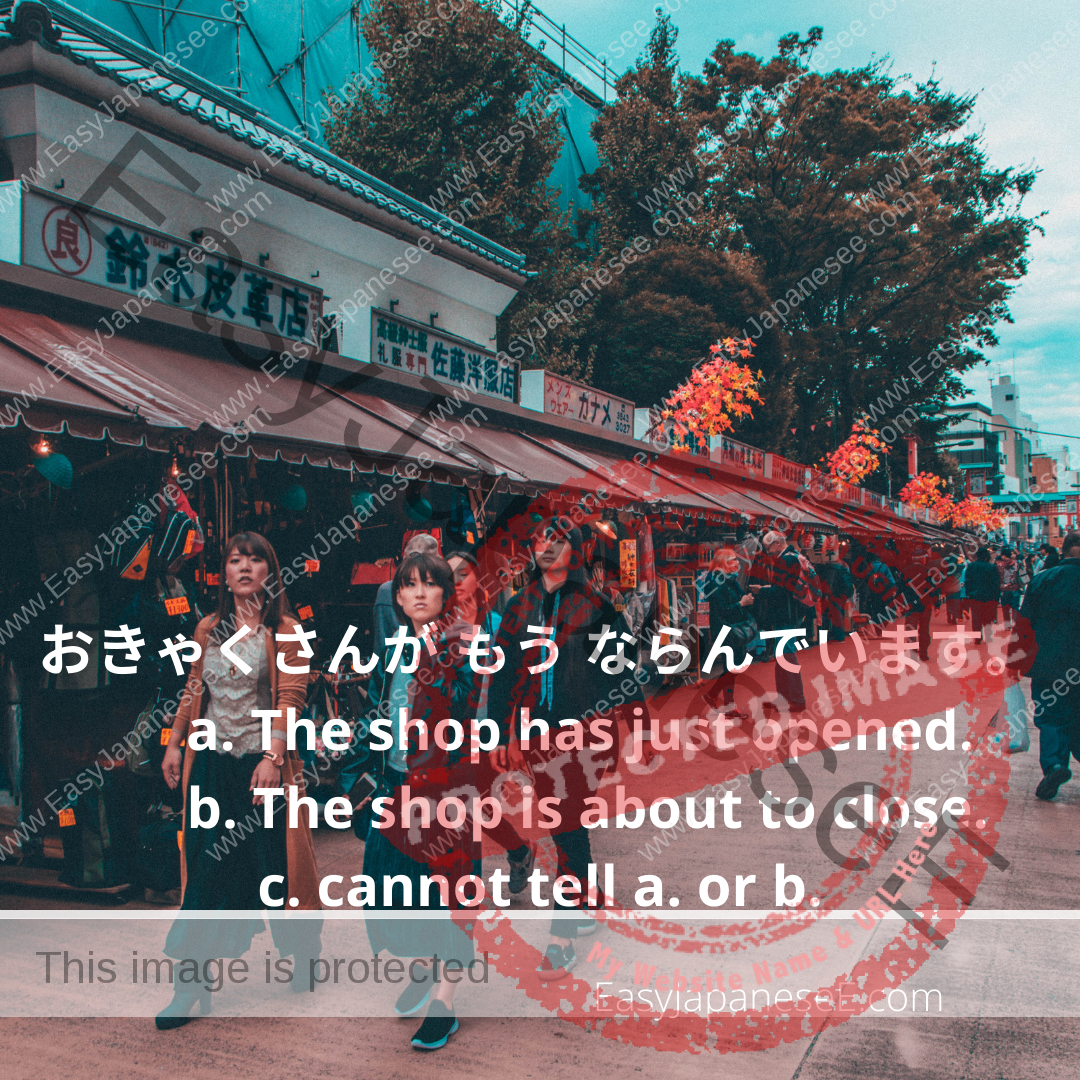

もう is used in a wide variety of situations. This post explains 4 typical usages of もう. Namely, “already,” “(not) … any more,” “further” and “emphasis.”
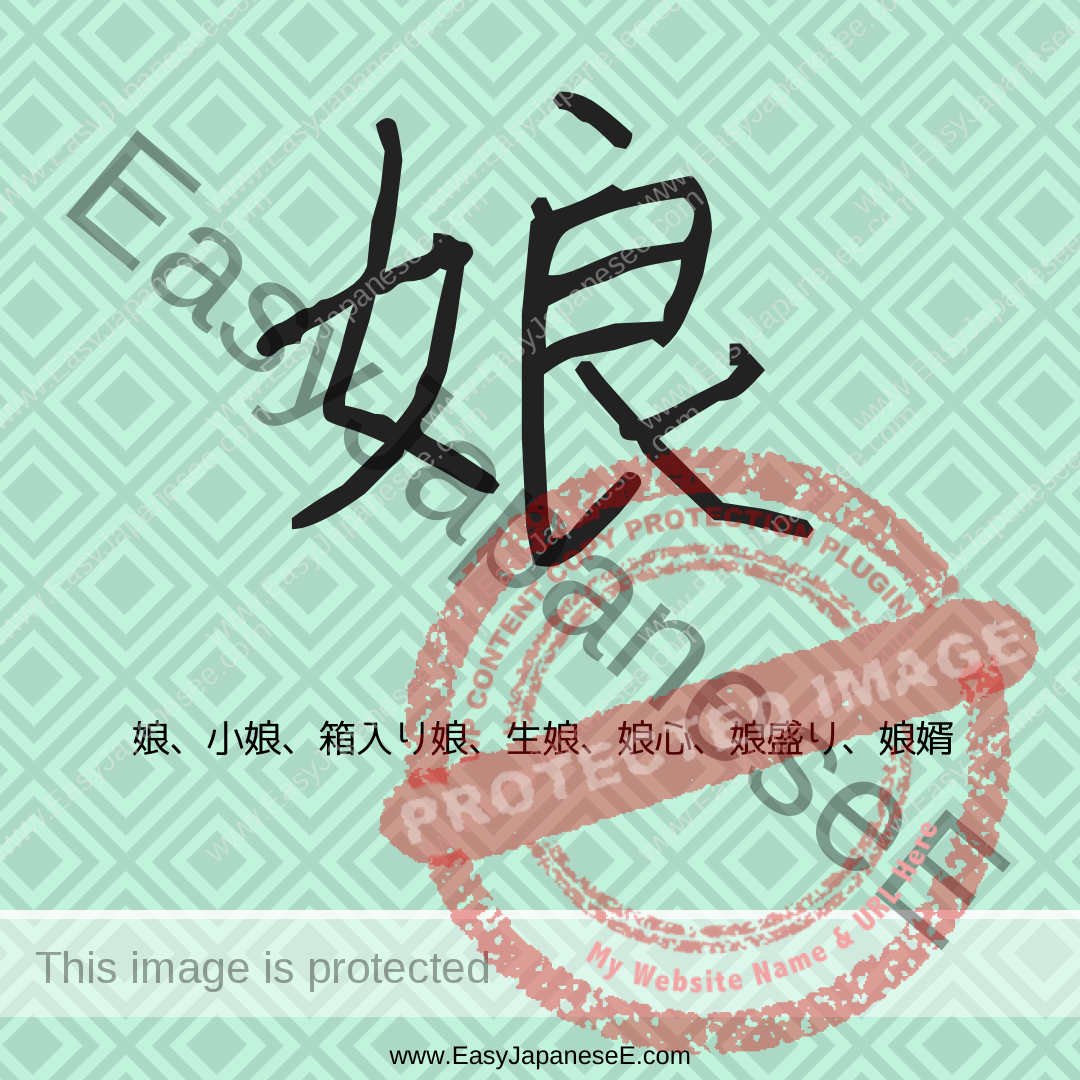
Today’s #kanji is #娘, which is listed under its semantic element of #おんなへん(女) and its phonetic element is 良, though 娘 and 良 do not share a sound in Japanese.
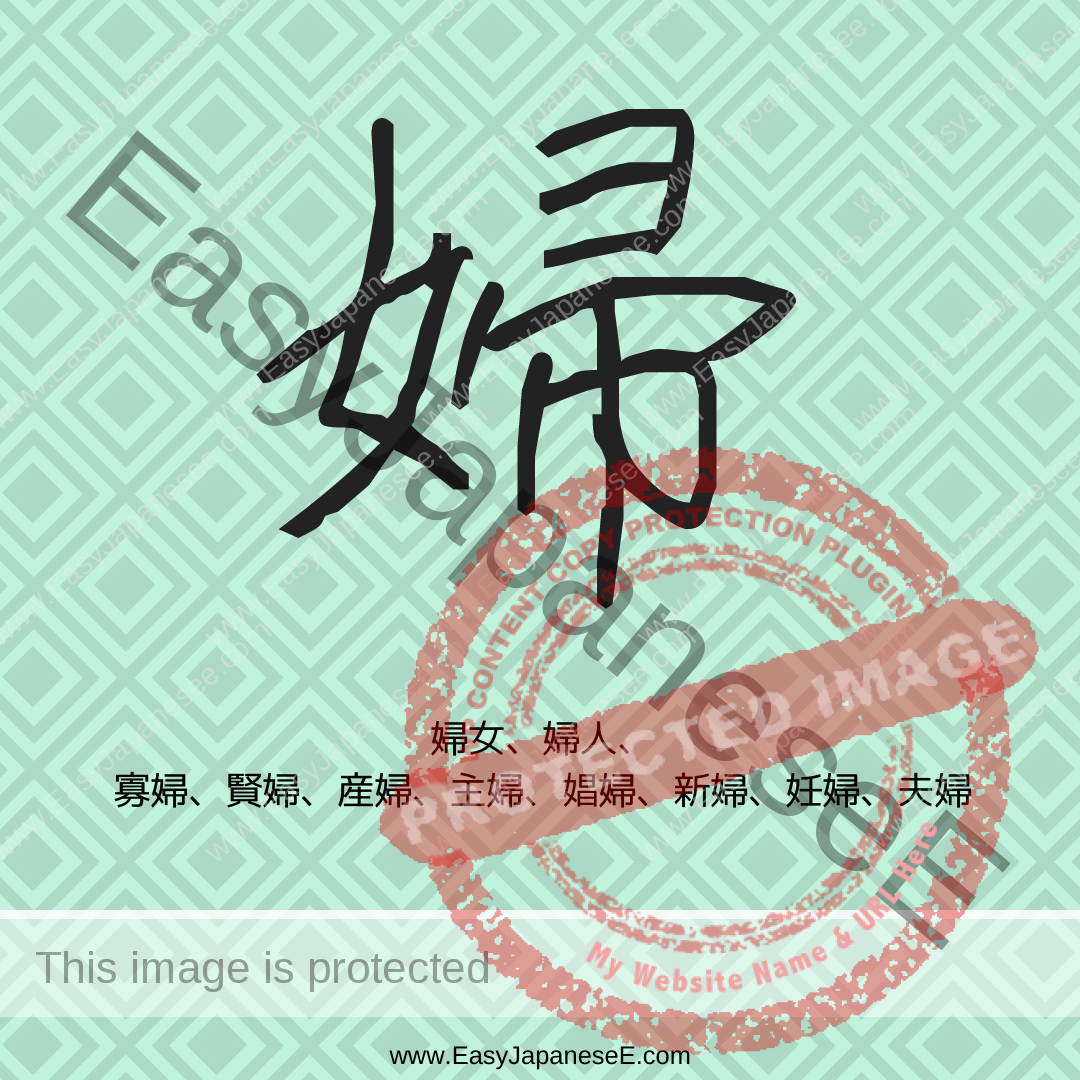
Today’s #kanji is #婦, which is a compound ideograph between 女 (a woman) and 帚 (a broom). Today’s feminists may not like the idea but this character was formed ages ago.

おそれ means “fear” so ~おそれがある means “there is a fear that/of ~” and it is used where there is a possibility of something bad happening.
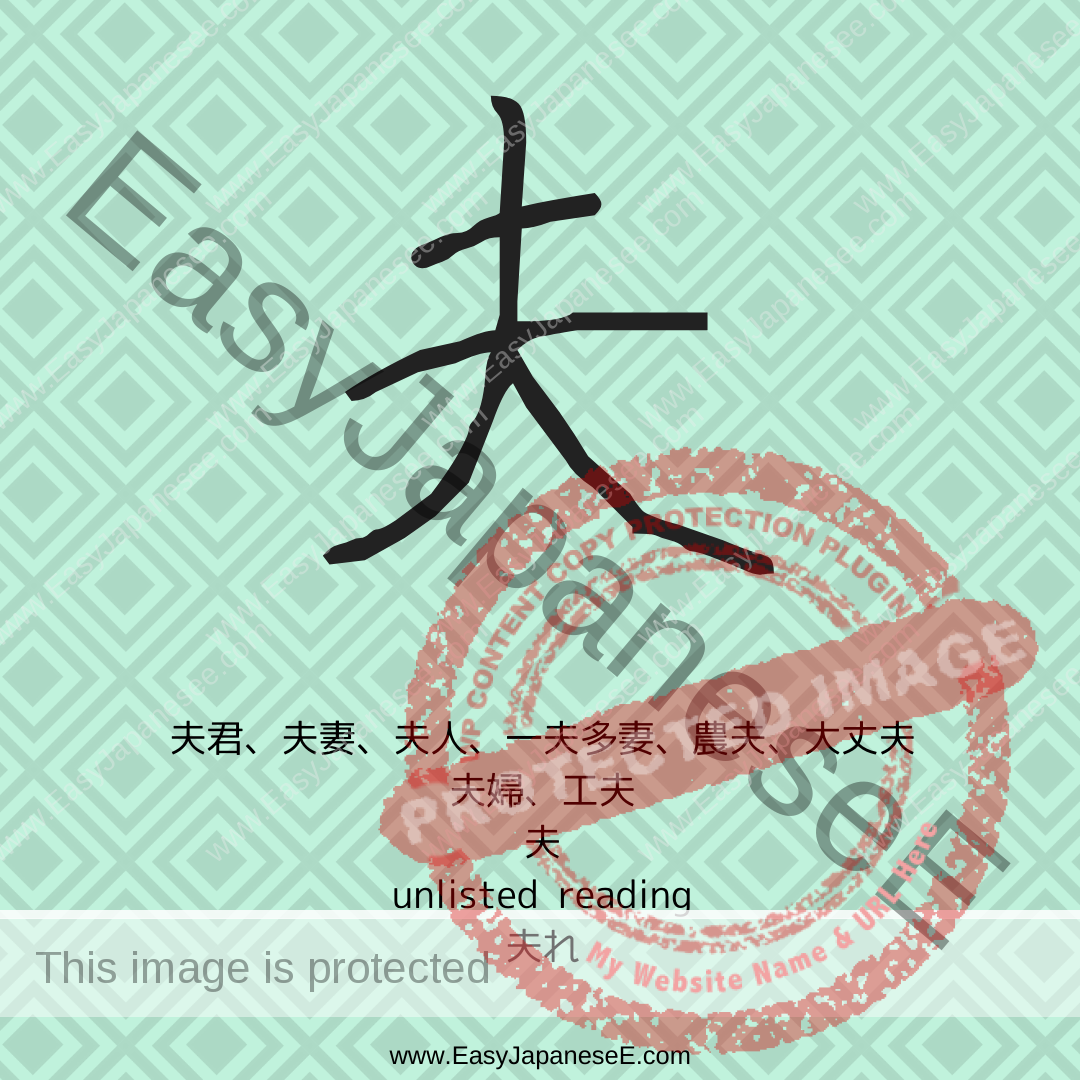
Today’s #kanji is #夫, which is a compound ideograph between 大 (big) and 一. This is a for a kanzashi, an ornamental hairpin, which is used in a coming-of-age ceremony.

マーガリン is the transliteration of “margarine.” If you forget “ga” in “margarine” is pronounced like “ge,” “margarine” follows the transliteration rule perfectly. Read the explanation to see of these rules make sense to you.
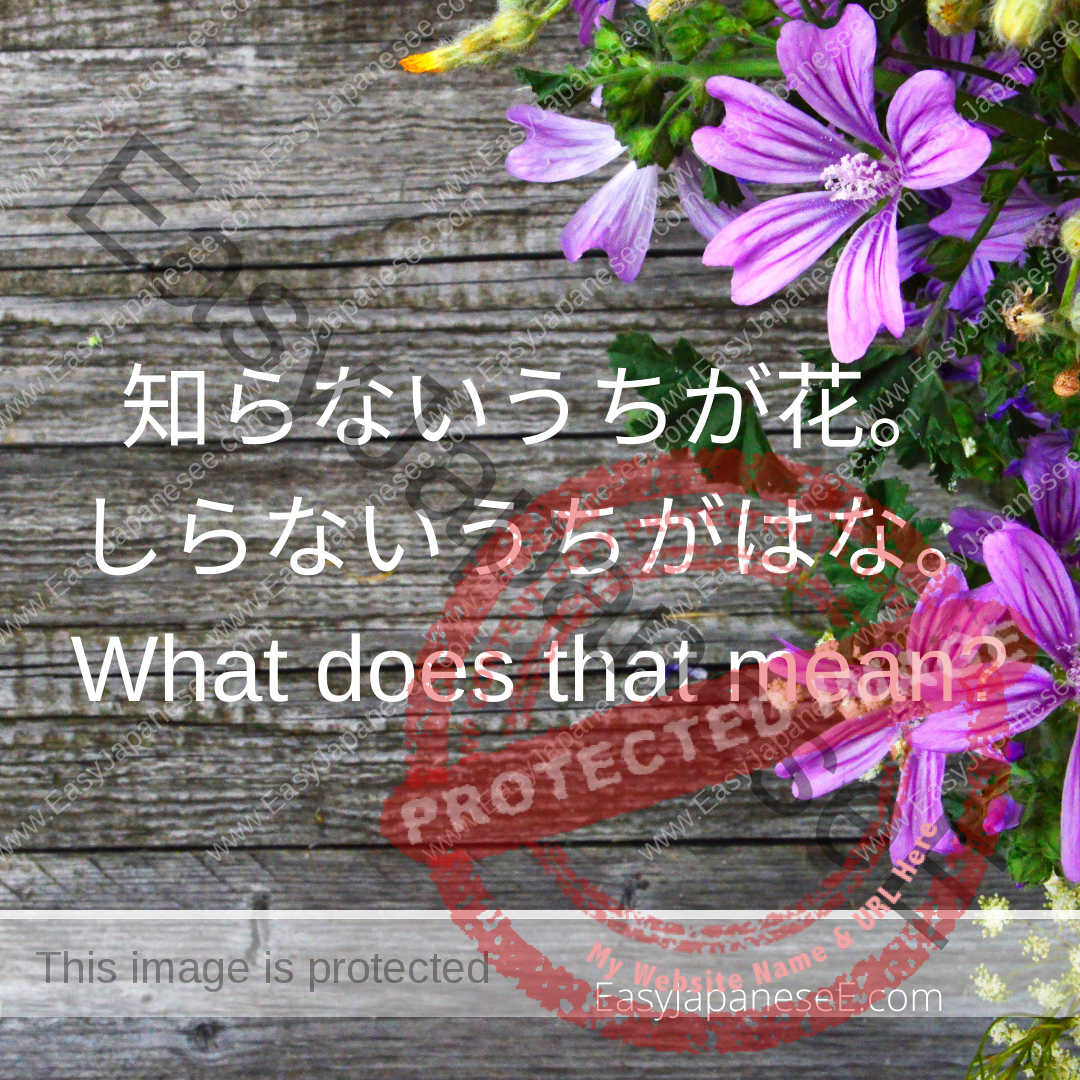
The literal meaning of ~うち is “the duration in which …” and this post explains the meaning and usage when it’s used with the particles は and が.
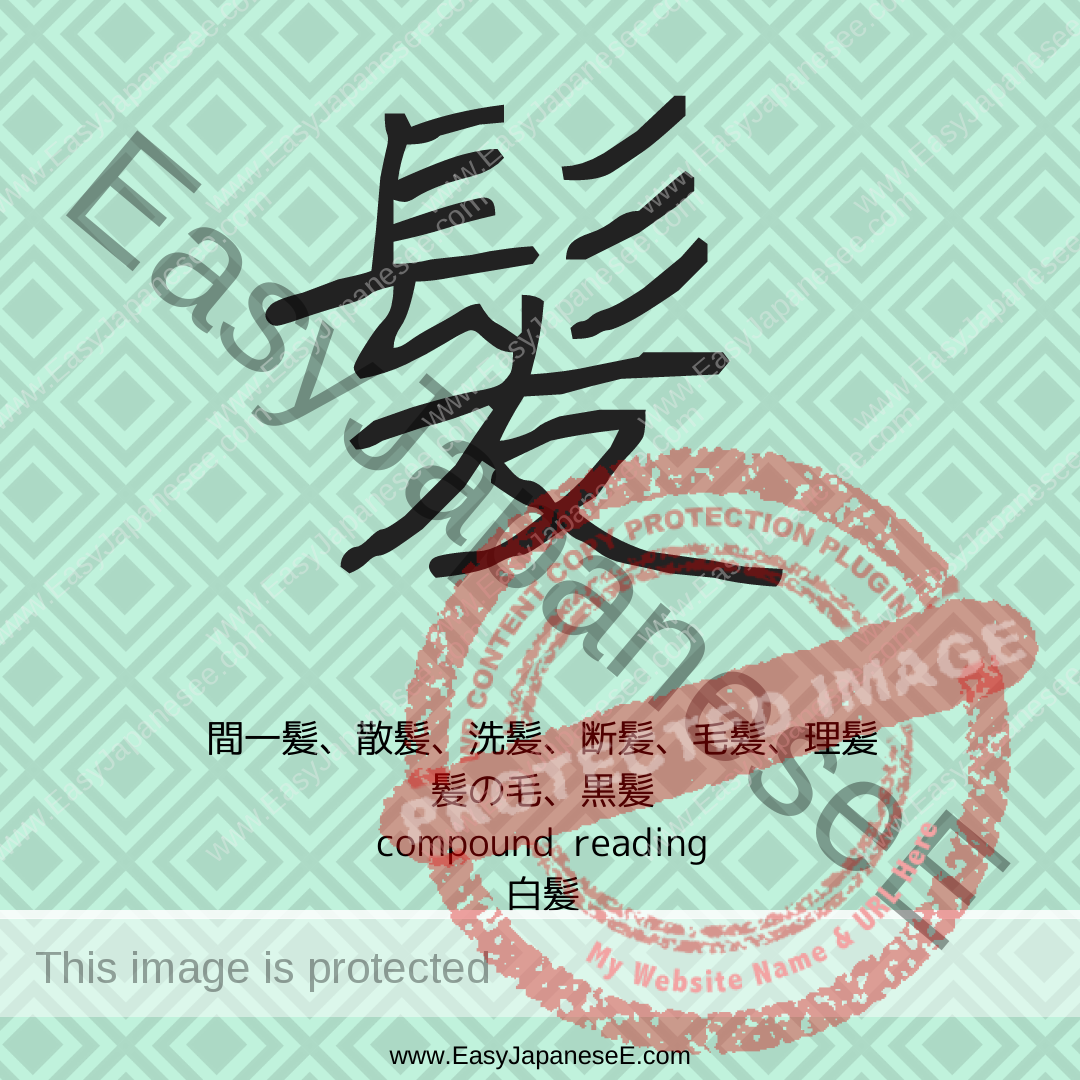
Today’s #kanji is #髪, which is made of its semantic element of #かみがしら(髟) and phonetic element of 犮. This page has an old commercial film embedded which will help you remember this kanji.
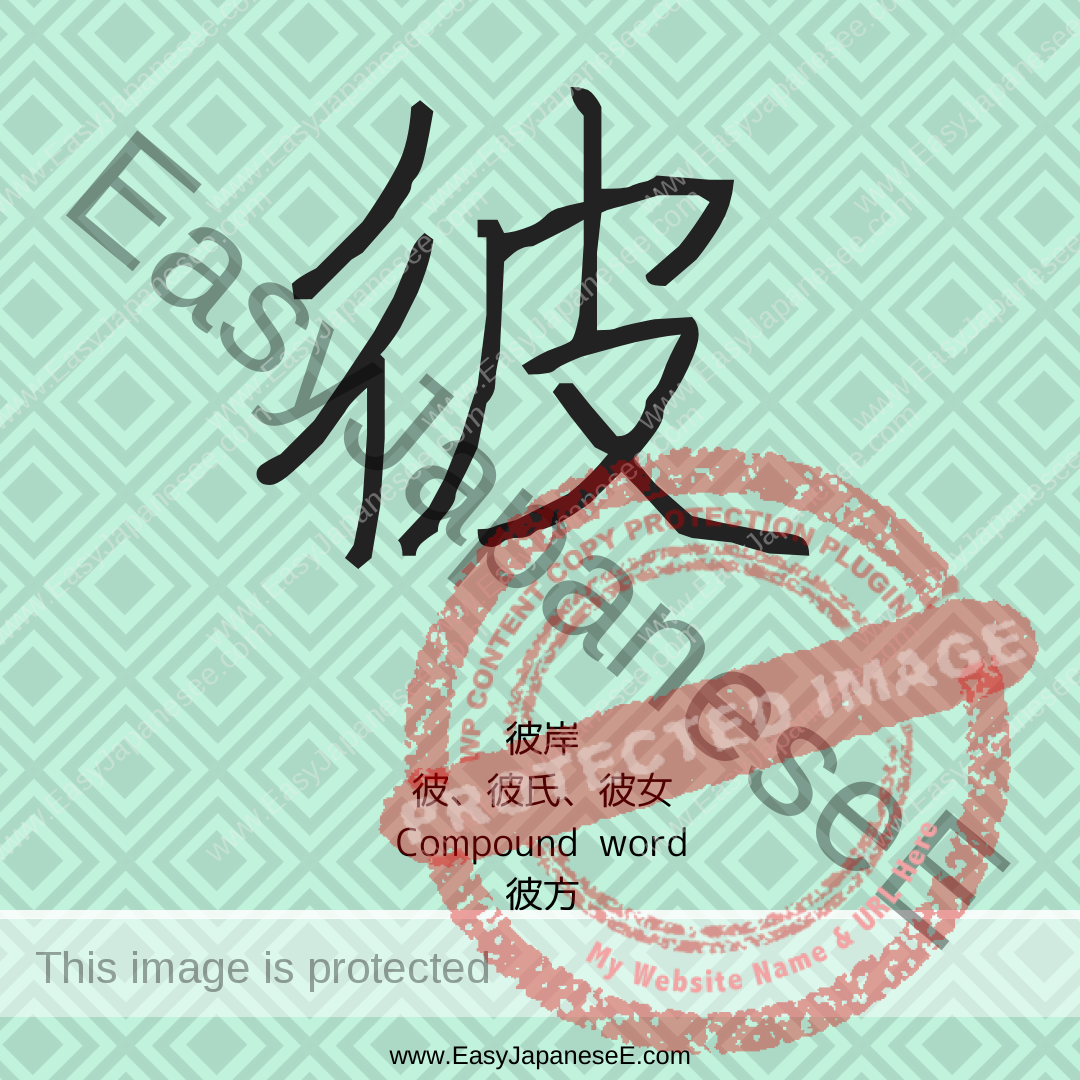
Today’s #kanji is #彼, which is listed under its semantic element of #ぎょうにんべん(彳) and that has the meaning of “going.” Its phonetic element is 皮, which means “skin.”

This post explains the Japanese expression せいで which is a phrase to specify the cause/influence of an undesired result. It’s similar to the English expression “due to…” etc.
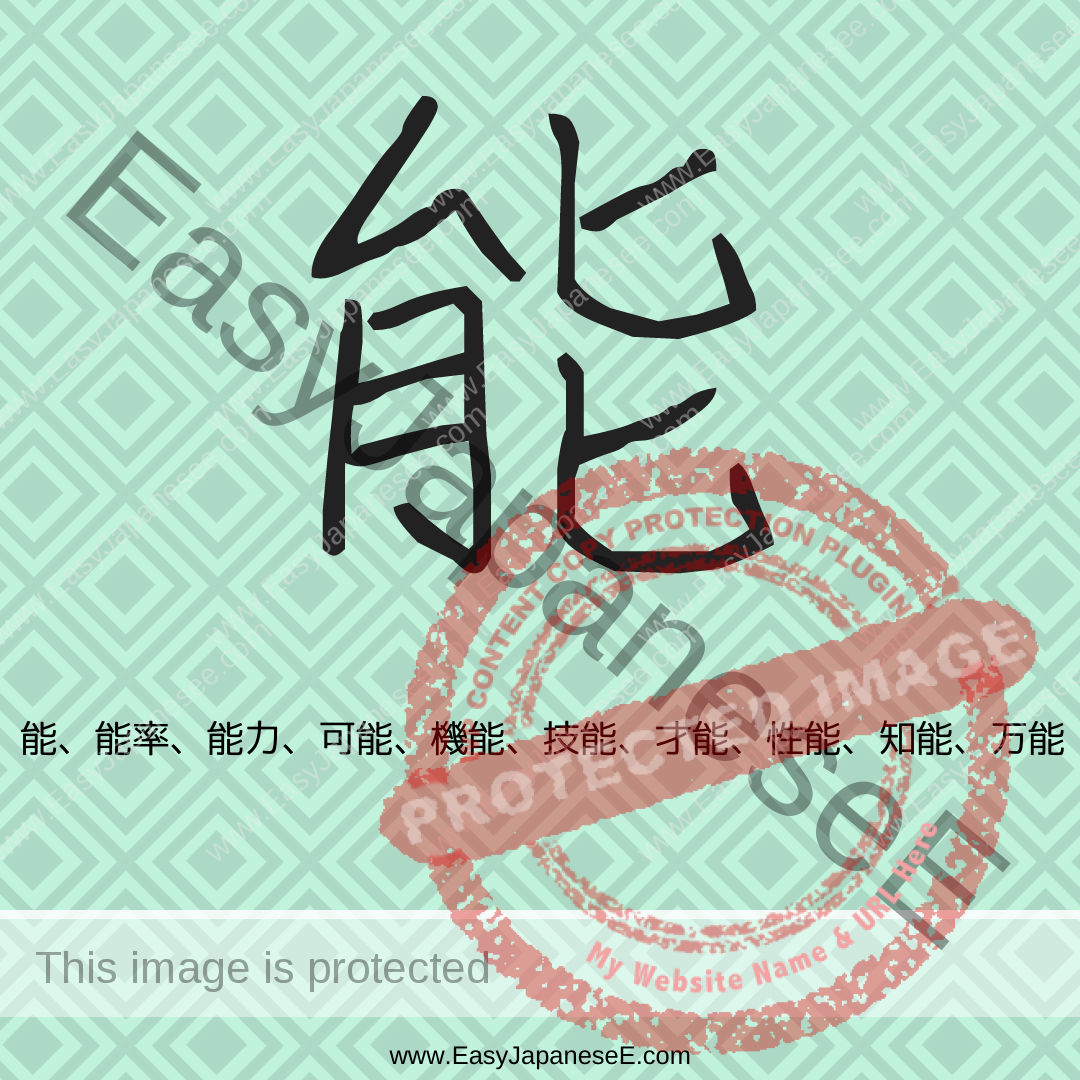
Today’s #kanji is #能, which is listed under the radical of #にくづき(月), representing “body.” There seem to be a few different theories how this character was developed.

The Katakana word ドライブ is used quite differently from the original English word, “drive.” This post explains how to use ドライブ as well as how to say “drive (a vehicle)” in Japanese.
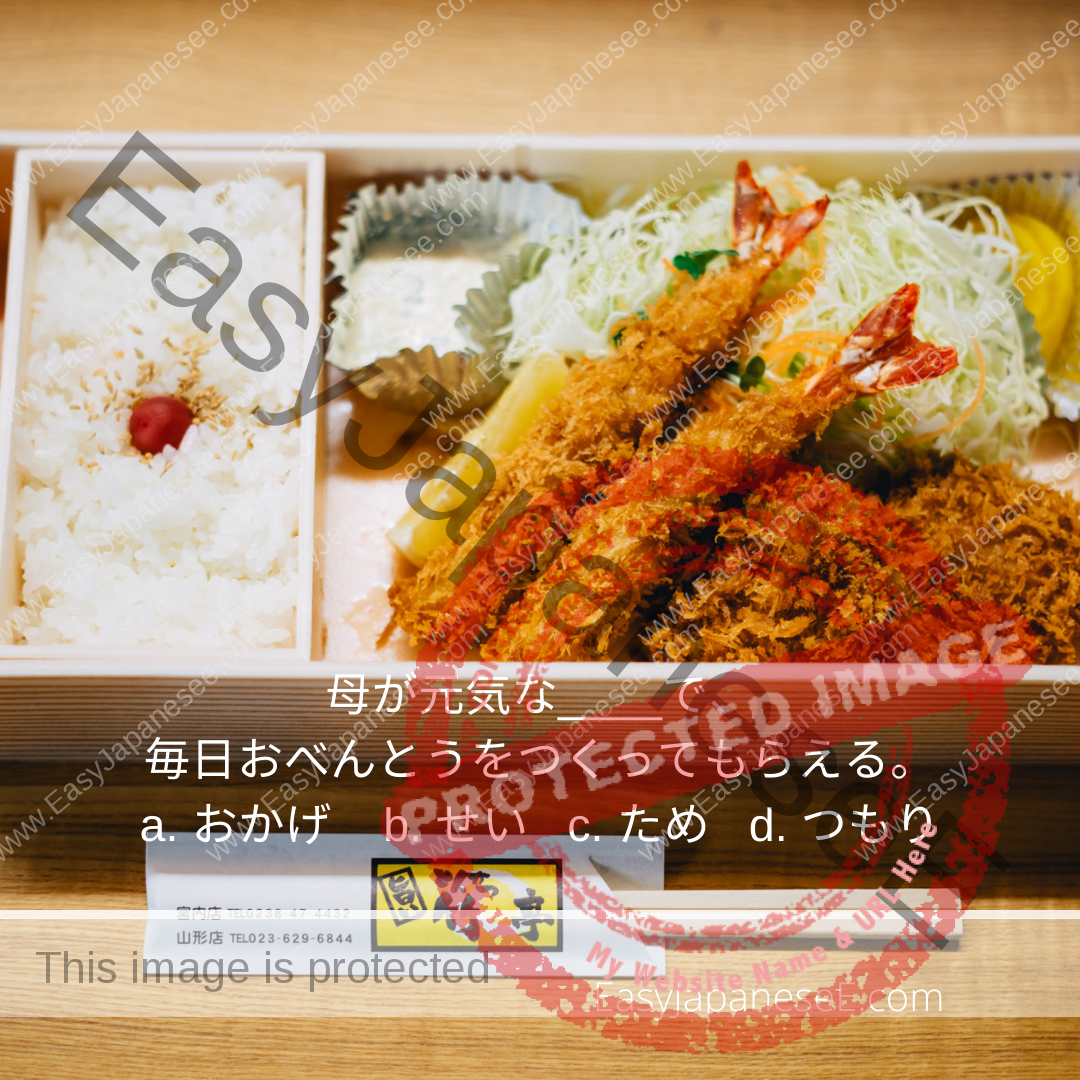
This post explains the Japanese expression おかげで which is a phrase to specify the cause/influence of a desired result. It’s similar to the English expression “thanks to…”
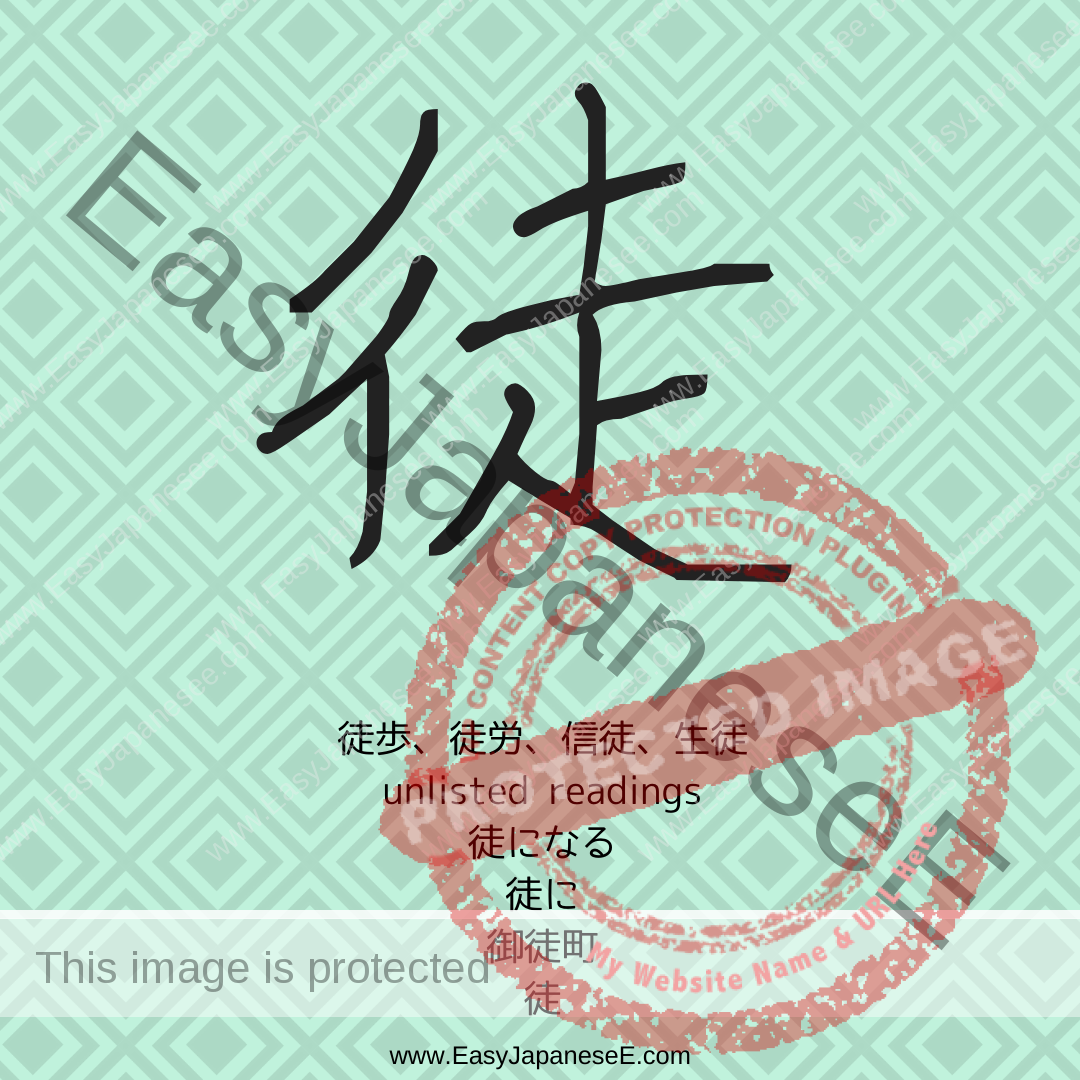
Today’s #kanji is #徒, which is listed under the radical of #ぎょうにんべん(彳). But according to my 大修館書店漢和辞典, its made of #しんにょう and 土. Do you know what 徒 means then?

Today’s #kanji is #息, which is listed under the radical of #こころ in my 大修館書店漢和辞典. According to the dictionary, some say it’s a pictograph depicting an exhalation through the nose. Others say it is a compound ideograph between 自 (suggesting “nose”) and 心 (“inside”).
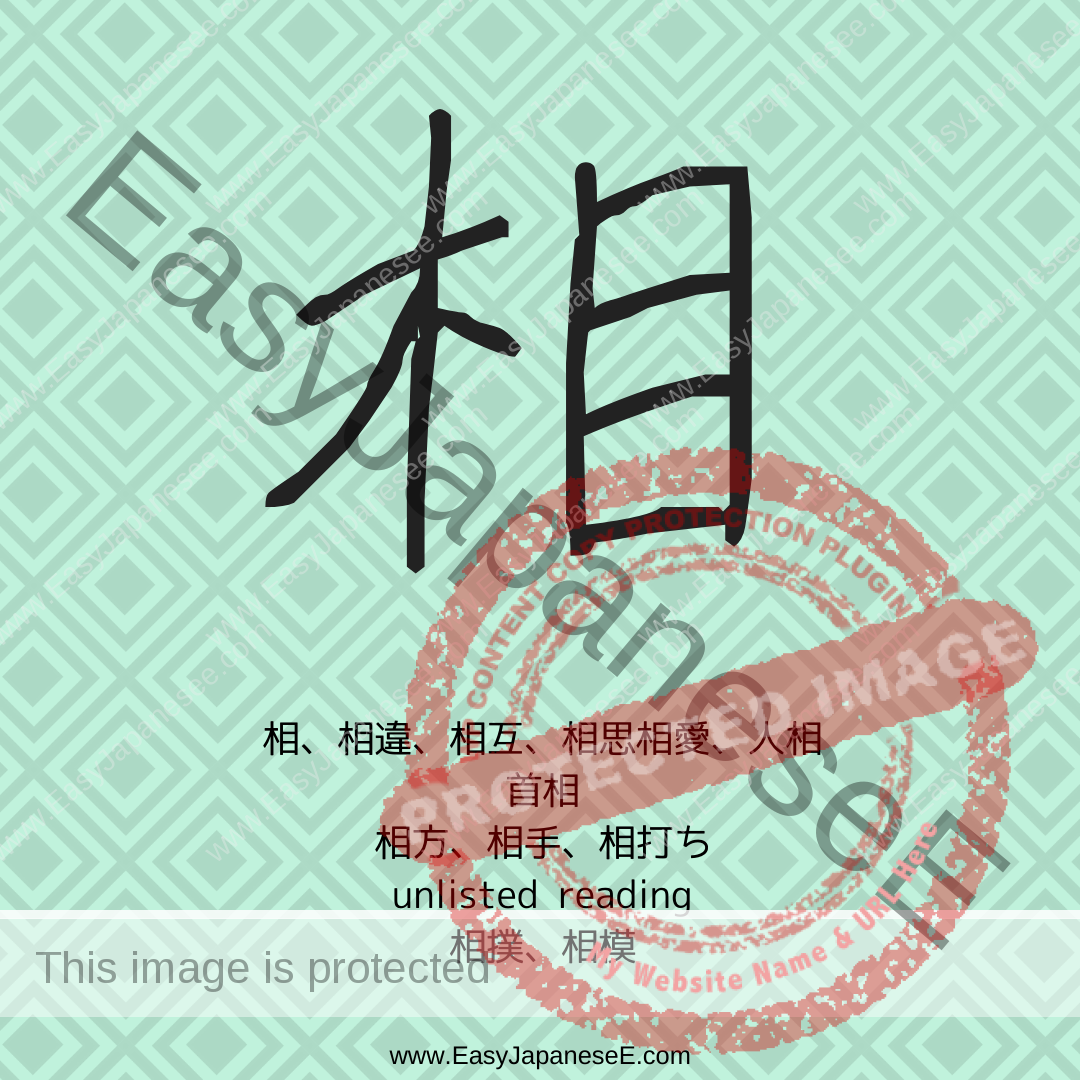
Today’s #kanji is #相, which is listed its semantic element of #め(目) and its phonetic element is 木, which is the original form of 桑. Some say 相 is a compound ideograph between 木 and 目.
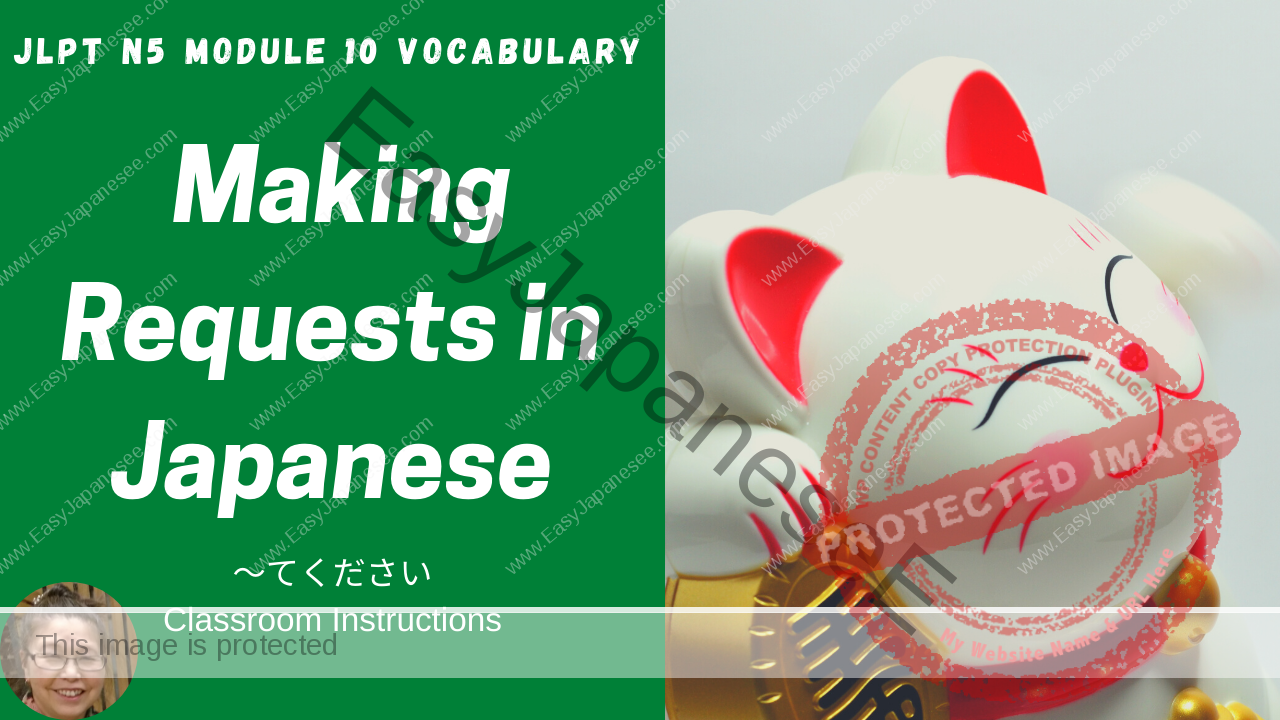
てform can be used to state a request if used with ください. Watch the video and learn the pattern. This post includes a few hints to remember.
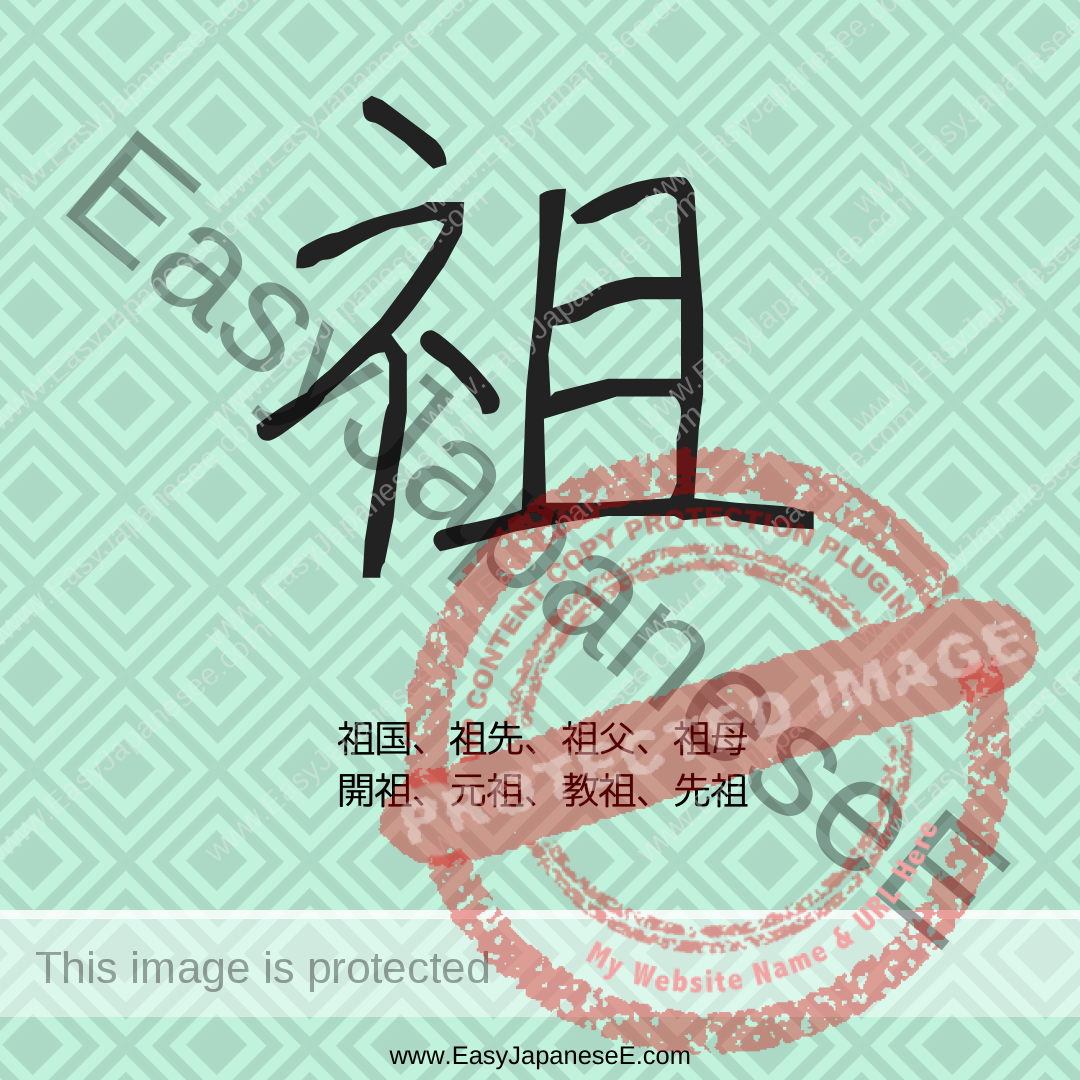
Today’s #kanji is #祖, which is listed under its semantic element of #しめすへん(礻), which shows association with “deity (god).” Its phonetic element is 且, which has the meaning of “beginning.”

Giving and Receiving are 2 sides of 1 action. Depending on the perspective, there are always 2 ways to describe the same action. In Japanese, when “I” am the receiver, another aspect gets added.

クラクションの音で目が覚めた。
I woke up at the sound of クラクション.
Do you think it was a pleasant wake up call? Find out here.
